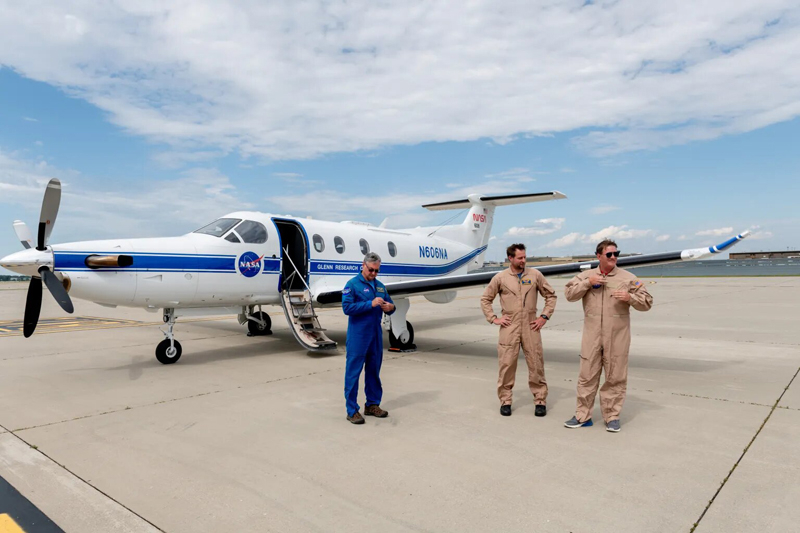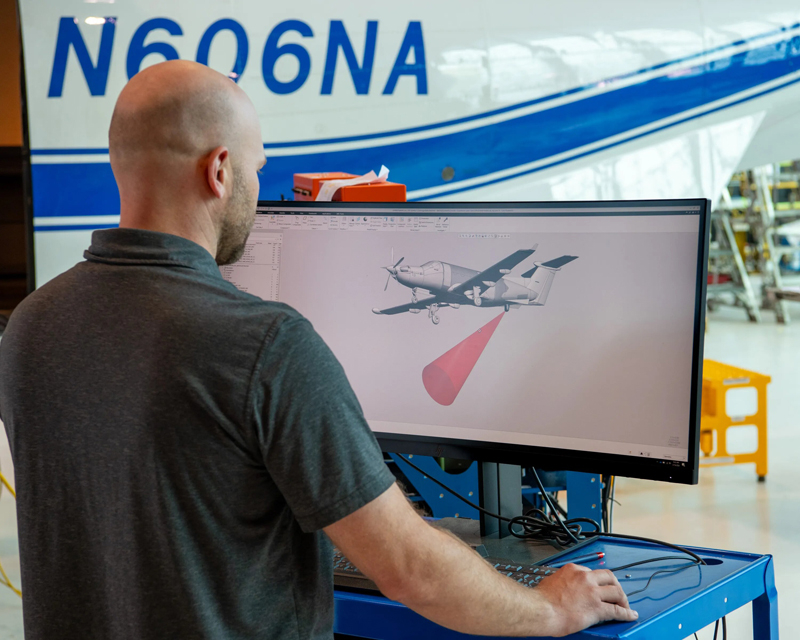Specialists from the NASA Research Center. Glenn in Cleveland (USA) successfully tested laser communications in space, sending 4K video streaming from an aircraft to the International Space Station (ISS) and back. The experiment was part of a series of tests of new technology that will provide live video coverage of astronauts landing on the Moon during the Artemis mission.

Image source: NASA/Dave Ryan
NASA uses radio signals to send data and communicate with astronauts in space, but laser communications using infrared light can transfer data 10 to 100 times faster.

Image source: NASA/Sara Lowthian-Hanna
NASA specialists installed a portable laser terminal on a Pilatus PC-12 aircraft, from which data was sent to a ground station in Cleveland. They were then sent via a ground network to NASA’s White Sands Test Facility (WSTF) in New Mexico, where scientists used an infrared laser to send them to the Laser Communications Relay Demonstration (LCRD) satellite in orbit 22,000 miles away. (35.4 thousand km). From the satellite, the signal arrived at the ILLUMA-T system on the ISS, after which it was sent back to Earth.

Image source: NASA/Sara Lowthian-Hanna
The experiment used a new High-Rate Delay Tolerant Networking (HDTN) system developed at the NASA Test Center. Glenn, which allowed the signal to pass through into the cloud layer more efficiently.
«Such experiments are a huge achievement,” said Dr. Daniel Raible, principal investigator of the HDTN project at the test center. “We can now build on the success of 4K HD video streaming to and from the space station to provide future capabilities, such as HD video conferencing, for our Artemis mission astronauts, which is important for crew health monitoring and activity coordination.” .